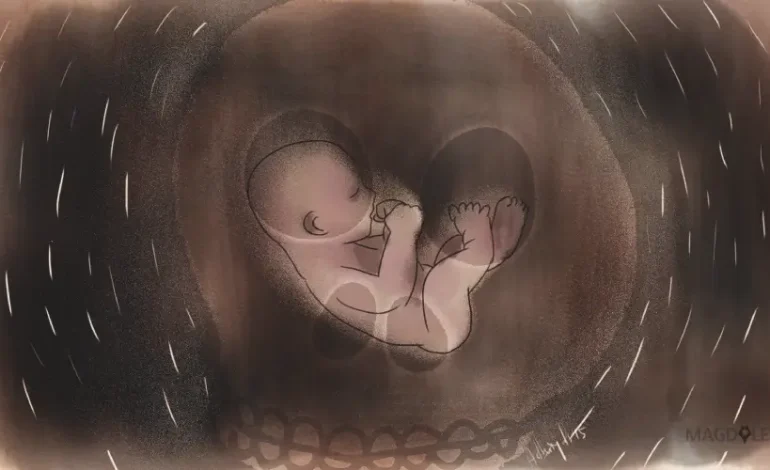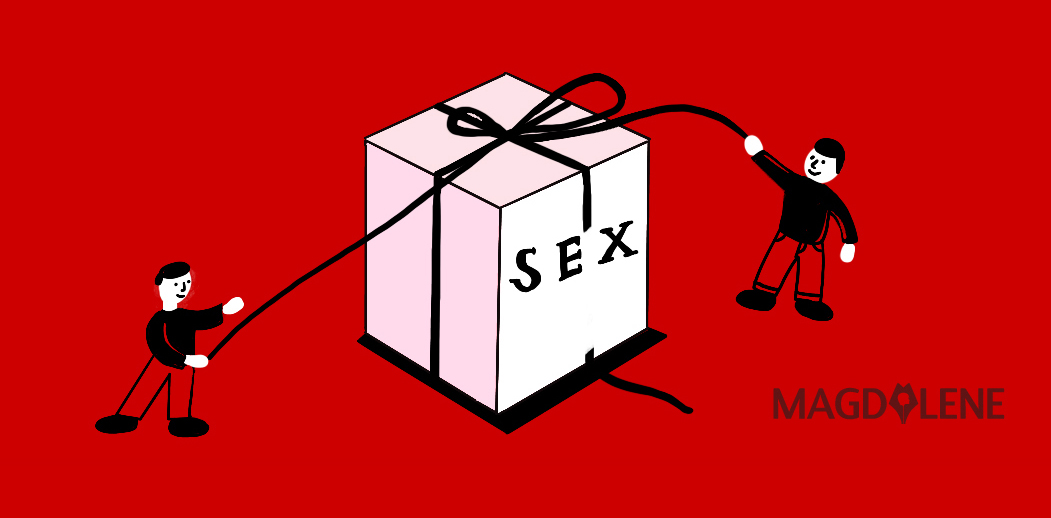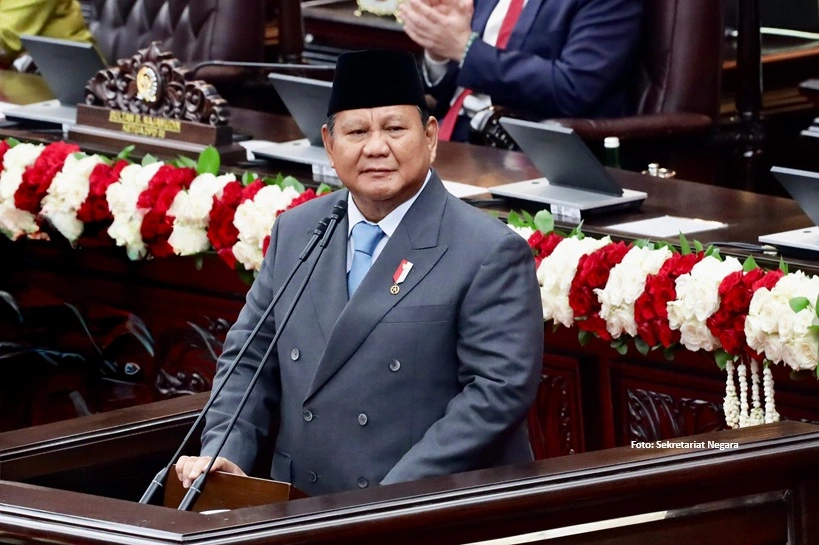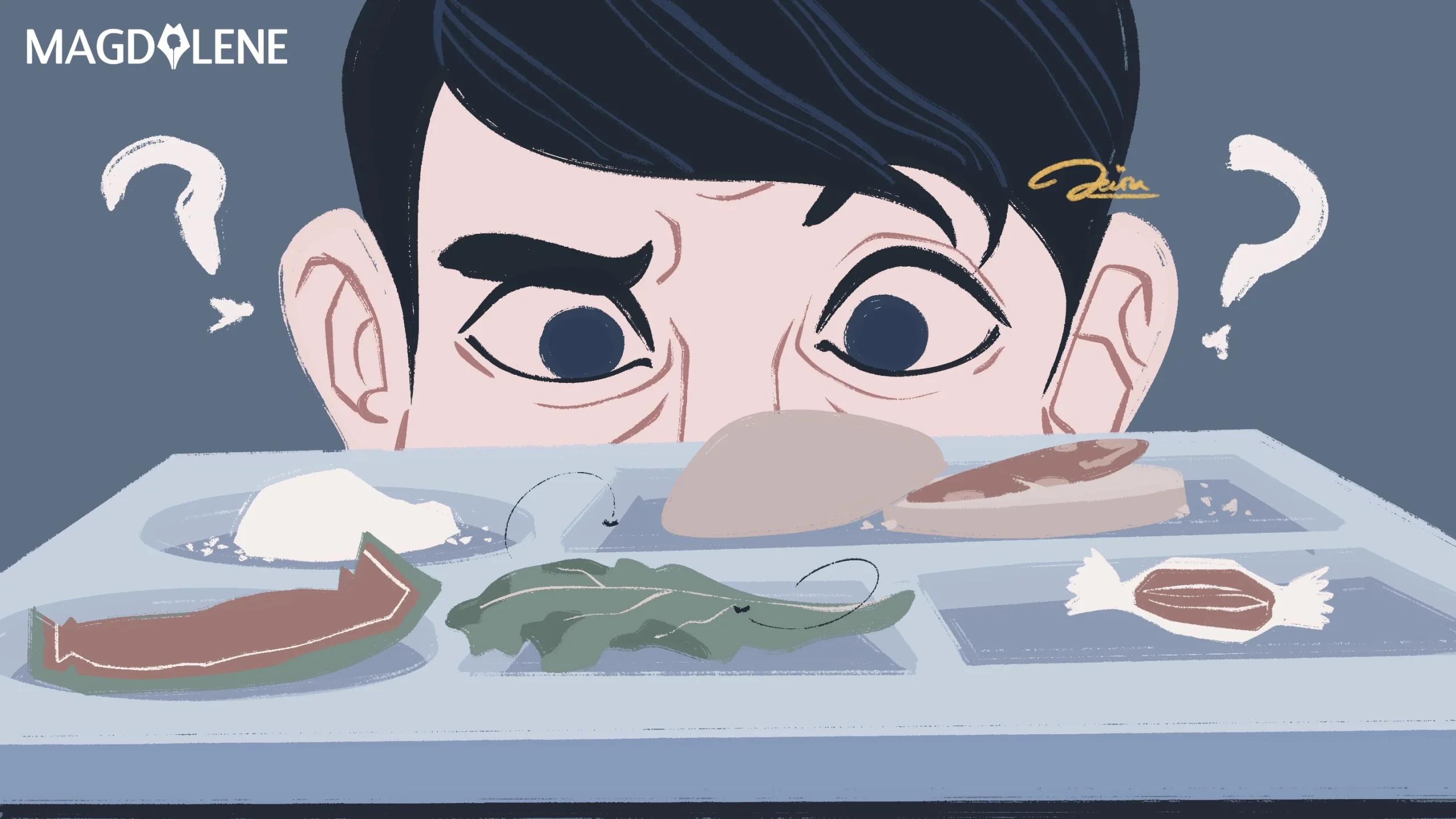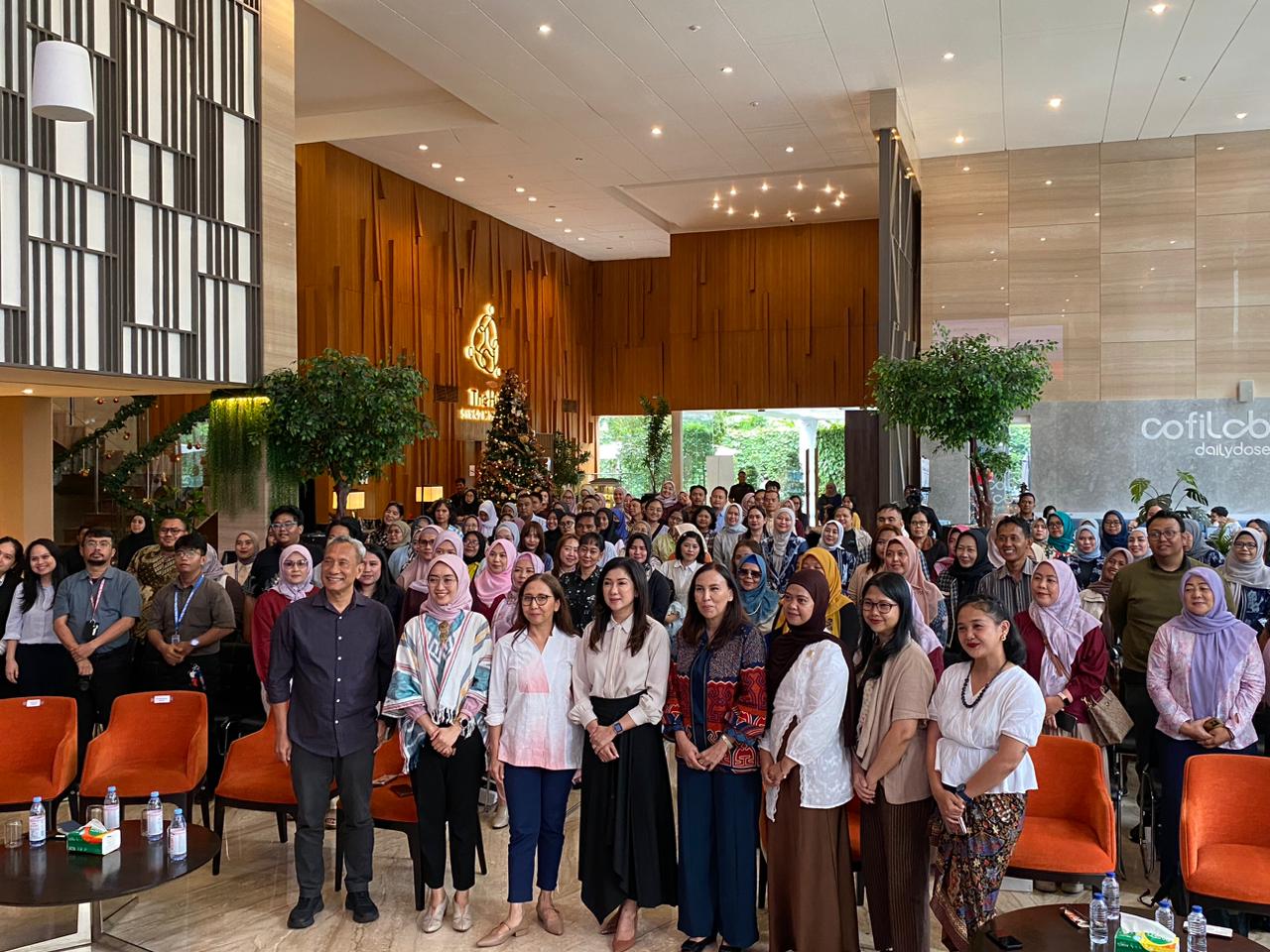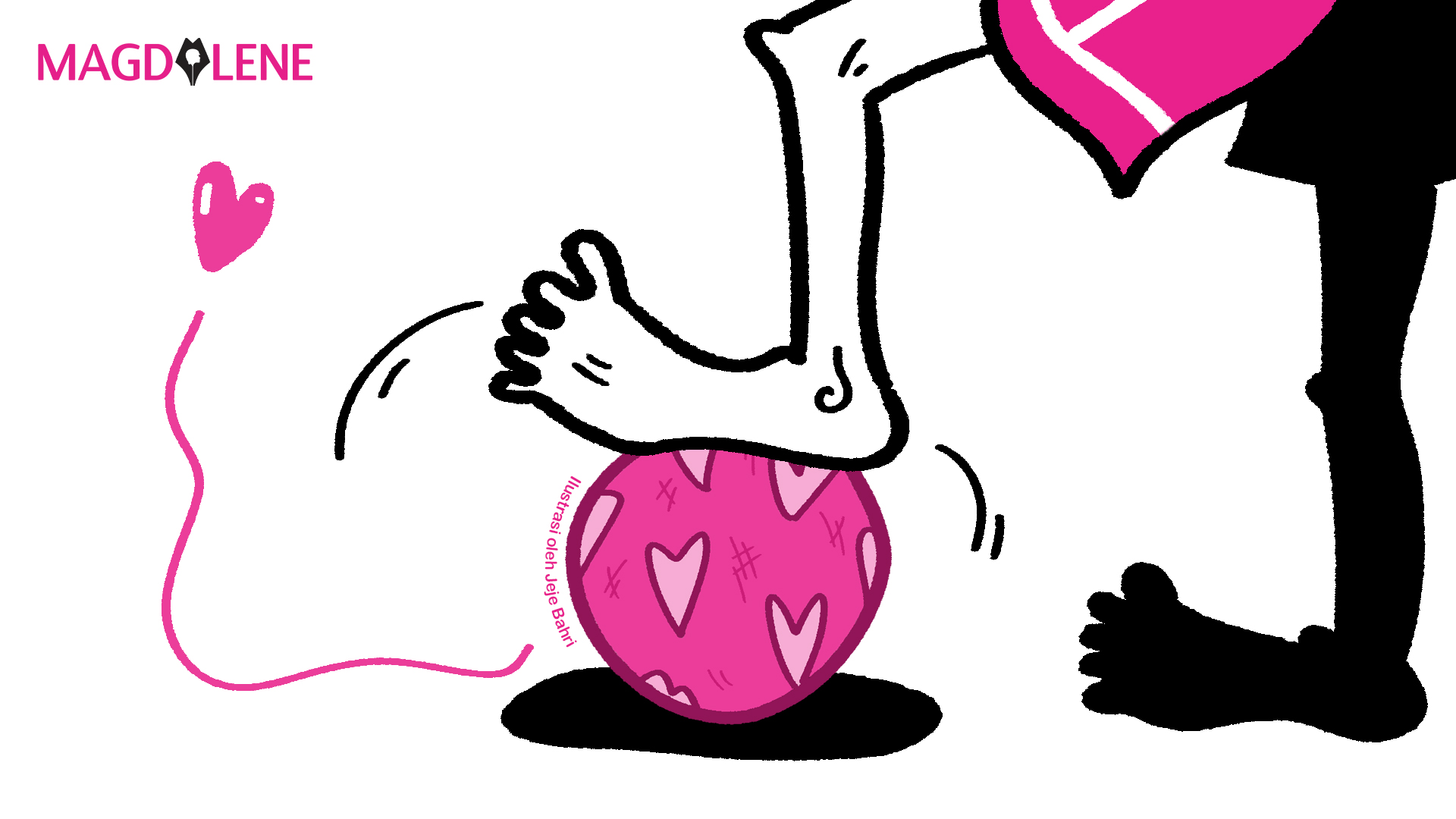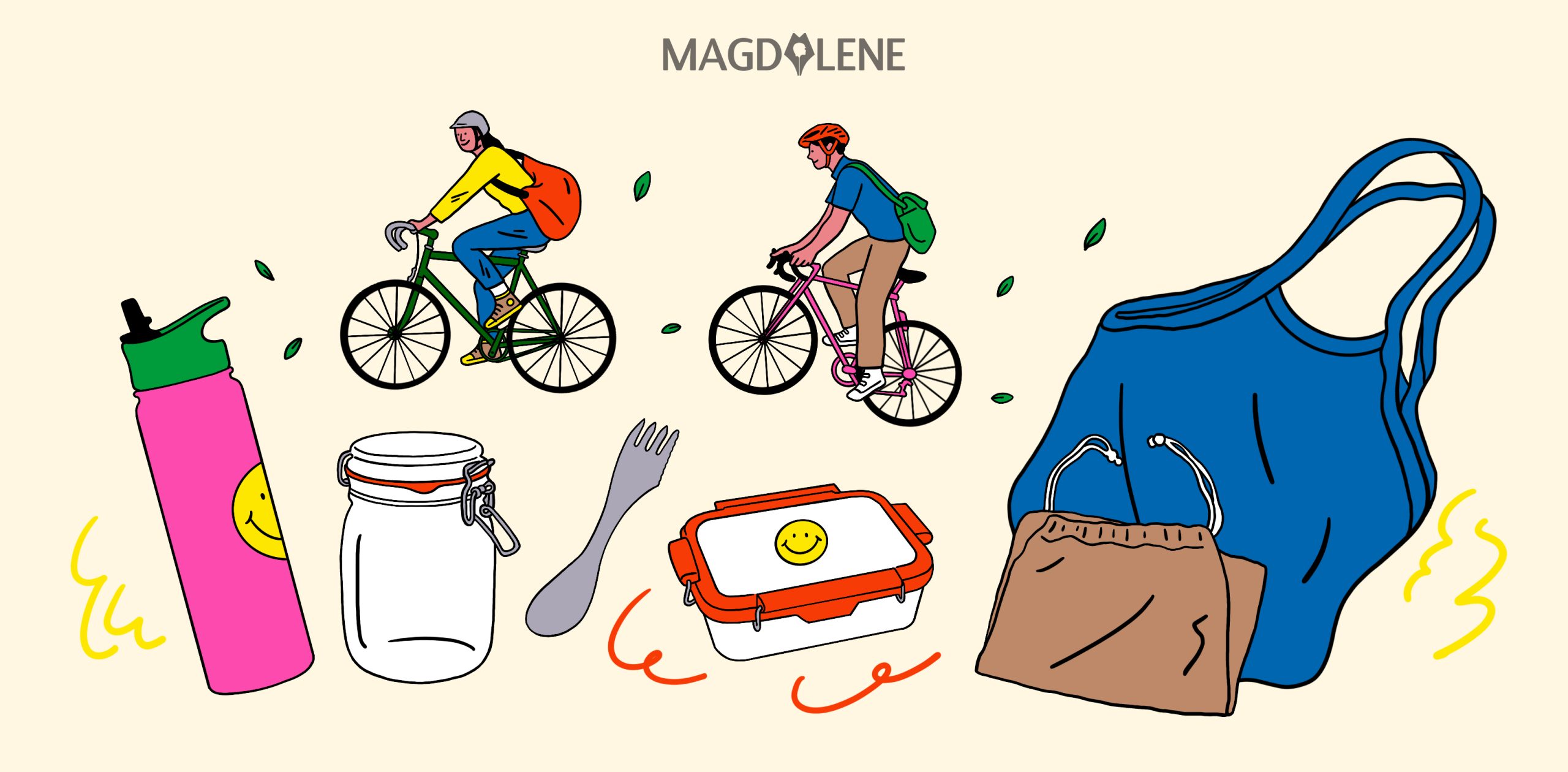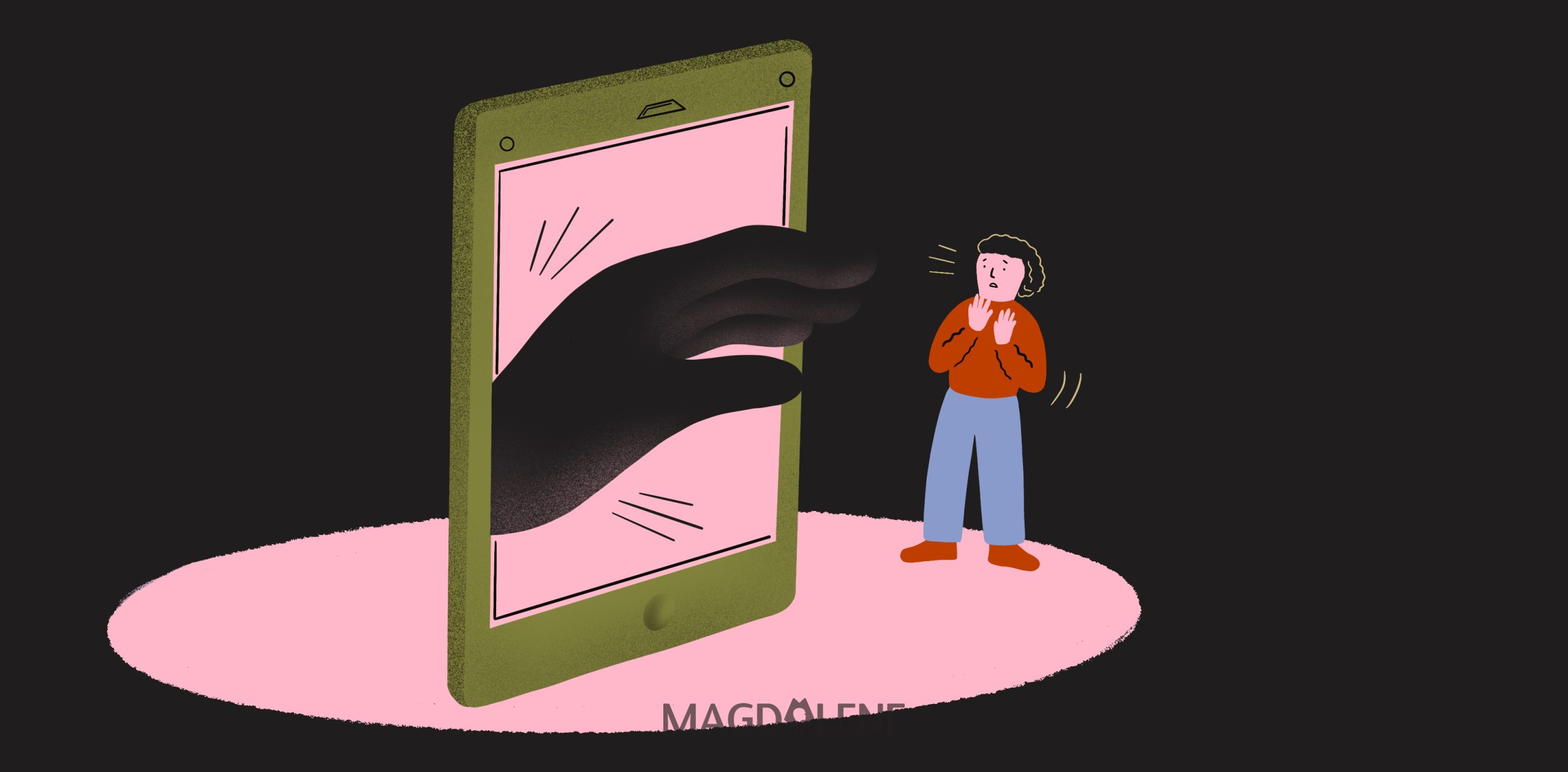Sex, Gender and Toilets
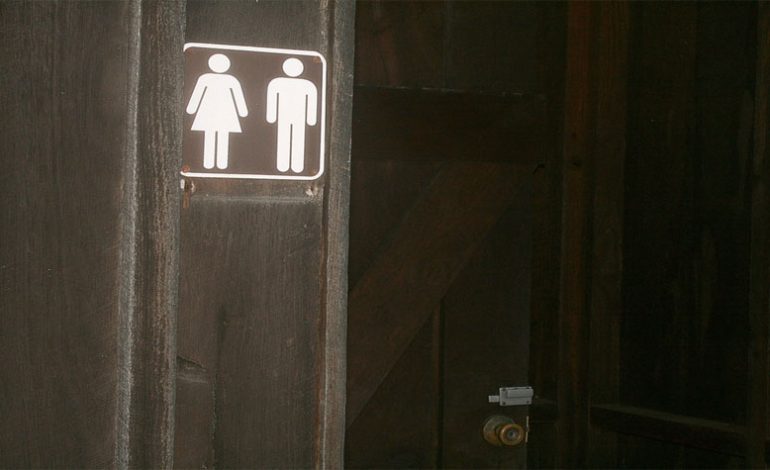
We had a discussion about comfort rooms in our office recently. I know that office discussions about toilets are not a rare thing. Who uses, who cleans and who dirties toilets are often mixed up with issues of power and hierarchy.
My grasp of the norm is that you haven’t quite made it if you don’t have your own private bathroom in your workplace. Or, at the very least, your own key to a huge and well-appointed place shared only by a few select humans.
Certainly, you have not made it if you clean your own bathroom, especially at work. I have also not met a woman who has not complained about the men who fail to raise the toilet seat and who splatter urine all over. While this generally applies to bathrooms at home, the cleaners at work complain about men in this way too. Enough women point to it as emblematic of male privilege in matters of the body.
In hierarchical societies, privileges of rank are finely stratified.
In the college where I teach, the Dean’s office has its own bathroom, as befits our academic leader. The faculty wing has its male and female bathrooms where the few intrepid souls who are not faculty get stared down should they make the mistake of going there.
But our toilets are pretty basic – small spaces with inexpensive fixtures, tiles and cubicle partitions. Our faculty toilets often have basic soap and toilet paper. A few good souls sometimes bring in flowers and the occasional air freshener or incense stick. We do not have a woman who will clean and deodorize several times a day.
Our student/public bathrooms, made of the same work-a-day stuff, never have soap and toilet paper. These seem to me not as clean as the one’s in the Dean’s office and the faculty wing.
Needless to say, toilets are not just about economic power. The bodily functions we undertake there are very intimate and involve the very same body parts that we normally relate most closely with sexuality. I can also recall movies that portrayed consensual sex in bathrooms, private or otherwise.
Sex and power – the stuff of patriarchy, all happening in toilets.
But this is not the end of it.
Intersex people
Sex-coding our toilets for men and women speaks about our society’s immense obsession with making sure that two sexes, and two sexes only, are in our emotional and cognitive horizon.
It ensures that we think this binary so distinct that we think that everything else follows—identity, expressions of that identity, sexual orientation, etc. Juliet Butler calls this “the heterosexual matrix”.
Put simply, if you are born with male genitals, your gender identity is male, you behave like a man, and you want to have sex with women. And the same goes for women: born with female genitals, gender identity is female, will have sex only with a man.
Yet things don’t work that way in nature.
Human beings can be born with indeterminate genitals. This so upsets the prevailing order that the doctors advise the parents that a surgical correction must be made forthwith – lest the baby becomes a confused and monstrous child.
Unfortunately, many intersex people do end up confused once they are old enough to establish a gender identity BECAUSE of the surgery. They often end up having a different gender identity (say, “woman”) from the one given them at birth (male by virtue of the surgeon keeping the penile structures). Such an outcome could well have been avoided if surgical corrections were made as a choice rather than as a paean to normalcy.
Most people born with clearly male or female genitals are automatically assigned a gender identity (boy or girl) at birth.
Yet a significant number of people develop a gender identity different from the one assigned them at birth. A male to female transgender is someone assigned the gender identity boy (man, male – notice the conflation of the biological “male” with the social “man” or “boy”) who ends up with the gender identity “woman.” Someone with definitively female genitalia and assigned the gender identity “girl” may likewise end up with the gender identity “boy” or “man.”
I can only assure the heretofore uninformed reader that these types of variations exist bountifully in humanity.
Intersex and transgender folk are not rare “freaks” who are merely going through a phase, faking it, calling attention to themselves or possessed by evil entities. This is not what the medical and psychological studies are showing.
More likely the reader is better aware of the fact that millions of people are not heterosexual.
Lesbian women may love their identity as women, but reject the idea that all women want to go to bed with men. Similarly, humans born biologically male, who identify as men, nonetheless find their primary erotic fulfillment in another man. Others, bisexual people, may fall in love with either men or women.
Transgender women may prefer lesbian relationships. Transgender men, gay ones.
Sex-coded toilets
In current gender studies lingo, the LGBTI (lesbian, gay, bisexual, transgender, intersex) continuum points out the need to wage struggles around SOGI (sexual orientation and gender identity) rights.
Which brings me back to toilets.
The assumption that men only want women and vice versa, leads us to think that sex-coded toilets are that way to keep people safe. How could anyone be sexually harassed by another man, given that men are not interested in other men?
I need only to point to the news reports about the sex scandals in bathrooms to belie this. I must admit, given my disgust at hypocrisy, I am ever-so-fascinated when a priest or a rightist politician is arrested for sexually harassing someone (another man of course) in the male bathroom.
This idea too, that mixing the biological sexes is an inducement to fornication, has been cruel to transgender folk.
Transwomen are not allowed in female bathrooms because somehow people manage to guess that they are biologically male. They are also not allowed in male bathrooms because sex coding is not only, as I have shown, about coding biology. It is also about coding sexual orientation. Again, the parallel would be true for transmen.
Which leads me back to gender. The idea that those who fall outside the heterosexual matrix (LGBTI people) are abnormal and perverse makes us think we should protect ourselves from their sexual advances in places like the toilet.
As a public health message I wish to announce that the majority of sexual abusers are heterosexual men.
The point that gender advocates keep making is that sex is abusive if it is coerced—whether that be heterosexual or otherwise. If we concentrated our time, effort, resources and power ensuring that all sex is consensual and less on whether it is heterosexual, within marriage, procreative and monogamous, we would boost the common good a hundred-fold. (Given the single-mindedness of those who are stuck in the sex-binary, I point out that I did NOT say heterosexual, monogamous, married sex was wrong or to be outlawed.)
For one thing ensuring all sex is consensual would protect our children from sexual abuse far more.
Which brings me back to toilets.
Sex-coded toilets made my life as a young mother difficult. I only have sons. Sons whom I would wait for anxiously outside male toilets when they had become too old to take into the female ones and yet were still too young and vulnerable to be allowed in public toilets alone. Given that fathers are now increasingly (wonderfully!) taking care of their daughters, I can imagine this is also problematic for men.
It is for this reason that when we built the new wing of the UP Center for Women’s Studies, I requested that the toilet in that wing be gender-fair.
Gender, while associated with issues of difference between men and women, has often been used as a marker for all other oppressions. Thus our toilet also has a cubicle for those who are wheel-chair bound. And lest we have any protests from the overly-young, we will be putting in a baby changing station.
Root of oppression
I have always said that the reason so much power is invested in keeping the heterosexual matrix stems from the fact that, “there would be no masters where there are no slaves.”
Eliminate the hard-core belief that we can reduce the immense diversity of humanity into a basic binary and well, there would be no patriarchy. If women were not defined in a particular way, they could not be oppressed.
Once I find someone to donate a robot toilet cleaner, our new toilet will be the symbol of democracy. A toilet that is non-elitist, non-sexist, non-heterosexist, non-ageist and considerate of persons with disabilities.
Should you come to visit us we ask only that you follow basic rules: 1) Clean up after yourself. 2) Do not harass anyone in the toilet or in other parts of the world. 3) Please don’t have sex in our bathroom and our office even if it is consensual. 4) If you are uncomfortable using the gender-neutral toilet, please go to our old ones which remain sex-coded. When there, obey rules 1 to 3.
Battles for inclusion and equality can be about mundane things too. Or perhaps, most high principles are really about every day life.
Sylvia Estrada Claudio is director of the University of the Philippines Center for Women’s Studies.
This article was first published by Rappler.com, a Manila-based social news network where stories inspire community engagement and digitally fuelled actions for social change.
* Photo by vagawi


